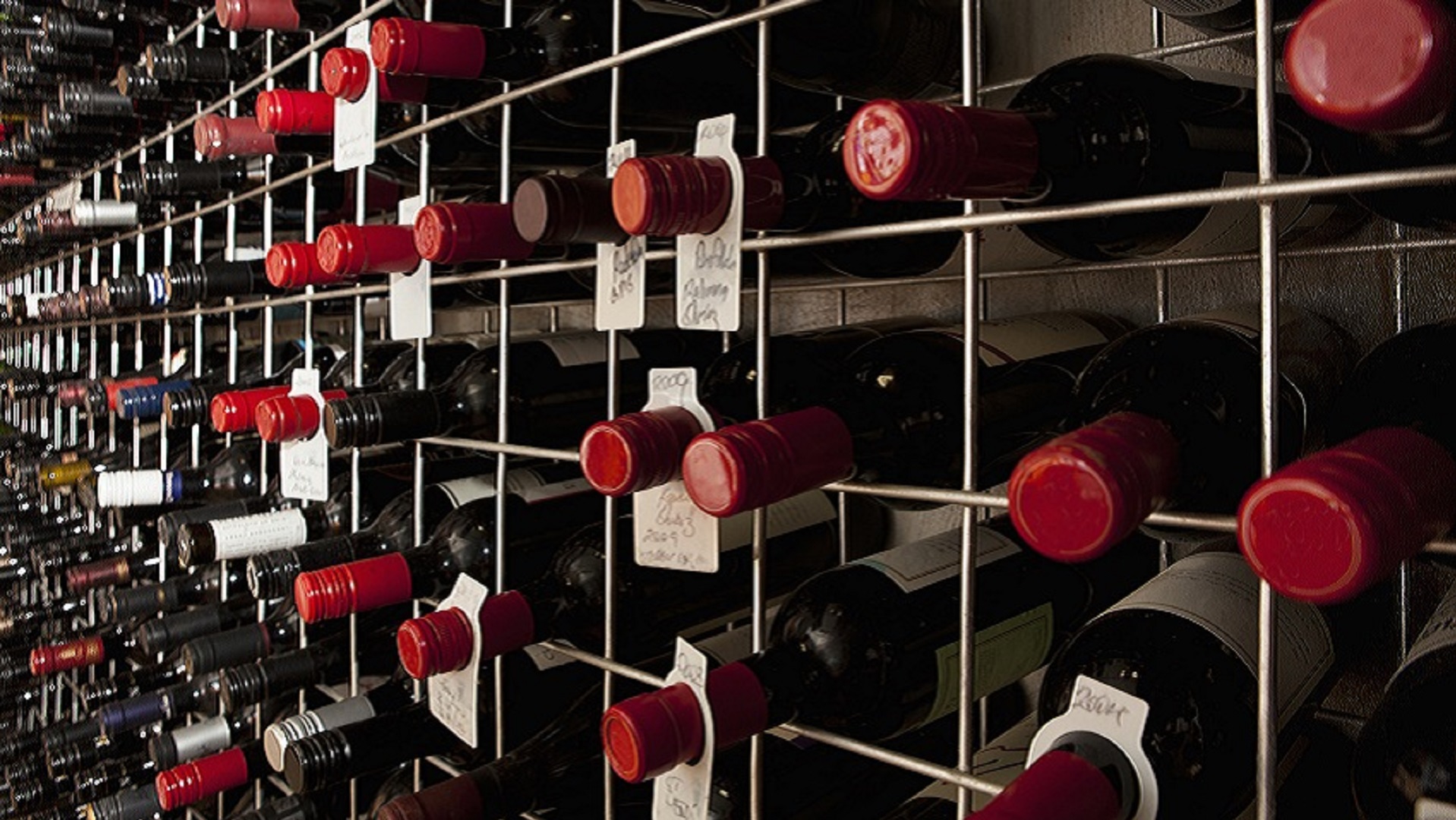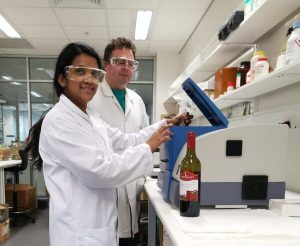New technique looks for fingerprints to prove origin.
This short article tells of a new chemistry technique used to detect wine fraud. It is suitable for Year 8, 9 and 10 Chemistry students learning about elements and compounds, and the relationship between wine, chemistry and buyers.
Word Count: 286

Australian wine scientists are testing the potential of molecular fingerprinting to quickly authenticate the provenance of wine and help crack down on the multi-million-dollar problem of wine fraud.
In trials, a team from the University of Adelaide was able to identify the geographical origin of Cabernet Sauvignon from three Australian regions and from Bordeaux in France with 100% accuracy using fluorescence spectroscopy, which analyses fluorescence of molecules.

Ruchira Ranaweera and colleagues compared an existing approach, which measures elements in wine using inductively coupled plasma-mass spectrometry (ICP-MS), with the fluorescence spectroscopy technique, which, they say, is simpler, faster and cheaper.
For every wine they tested, they report that they were able to correctly allocate the wine to the region with the fluorescence data but not with elements determined by ICP-MS.
Their approach provides a fingerprint of the samples according to the presence of fluorophoric or light-emitting compounds, Ranaweera says, in combination with a robust data analysis using a machine learning algorithm.
“Wine authentication can help to avoid any uncertainty around wine labelling according to origin, variety, or vintage,” she says. “The application of a relatively simple technique like this could be adapted for use in the supply chain as a robust method for authentication or detection of adulterated wines.”
There are other existing and potential applications of this technology, including phenolic and wine colour analysis and smoke taint detection.
Ultimately, says researcher David Jeffery from the Waite Research Institute, they hope to identify specific chemical markers that help discriminate between wine regions.
“This may help with regional branding, by understanding how their wines’ characteristics are influenced by the region and how they differ from other regions,” he says.
Years: 8, 9, 10
Login or Sign up for FREE to download a copy of the full teacher resource





